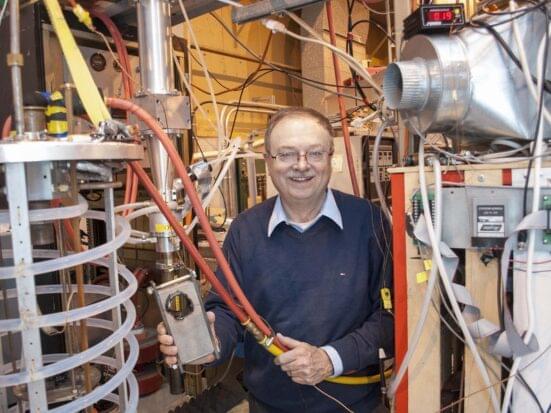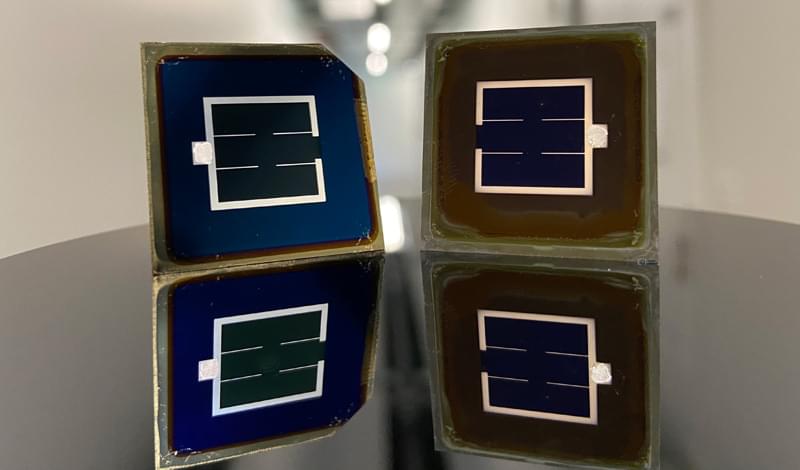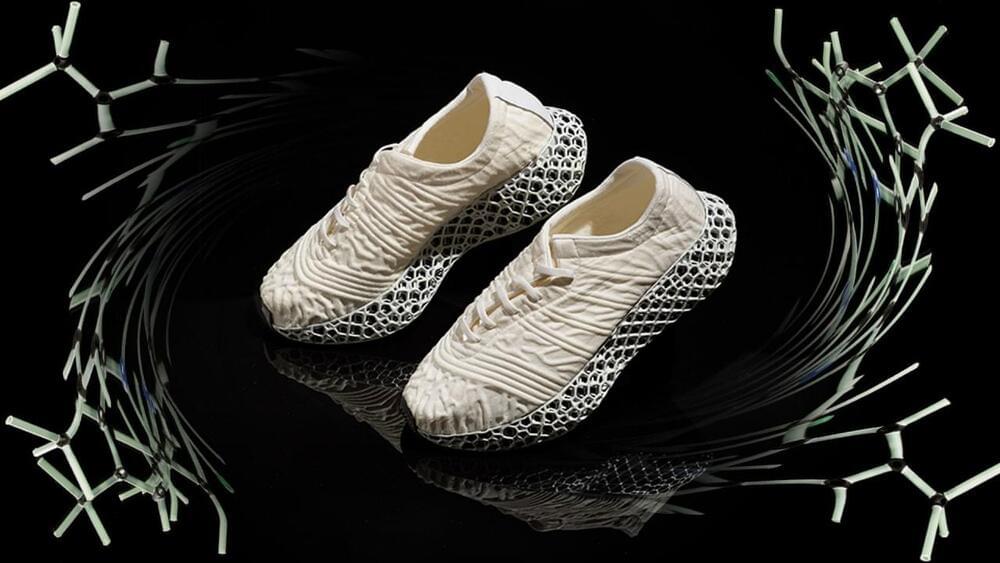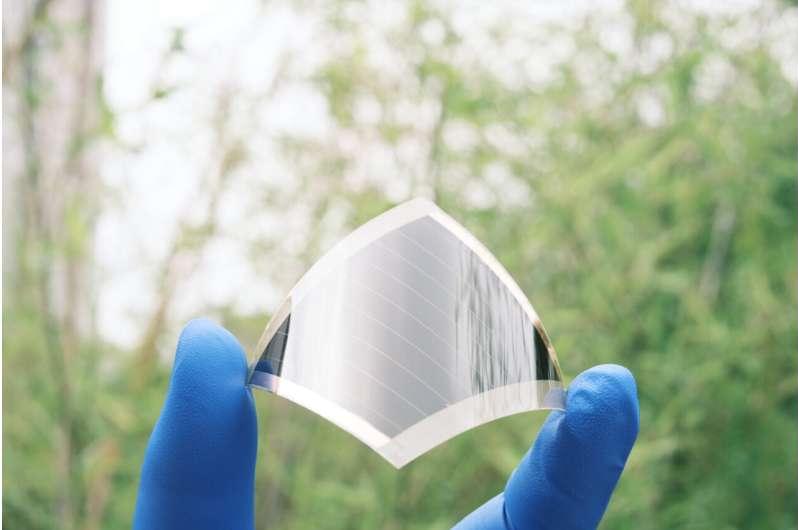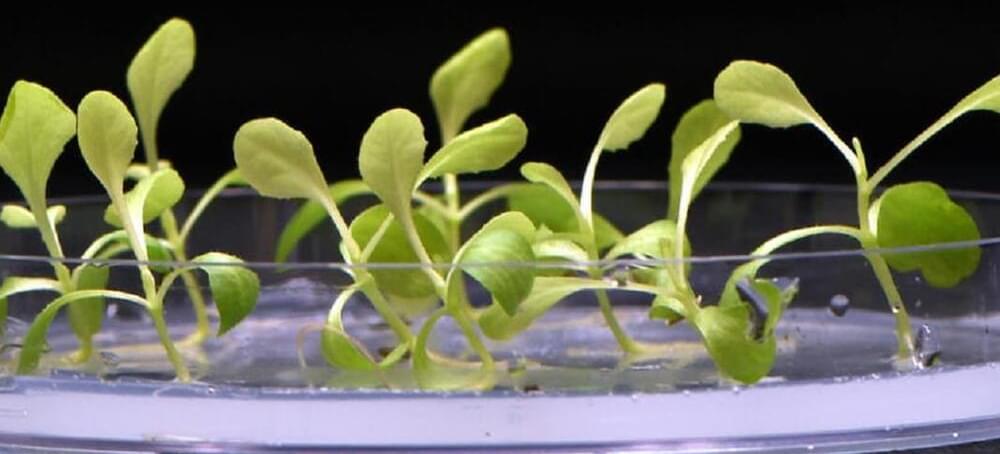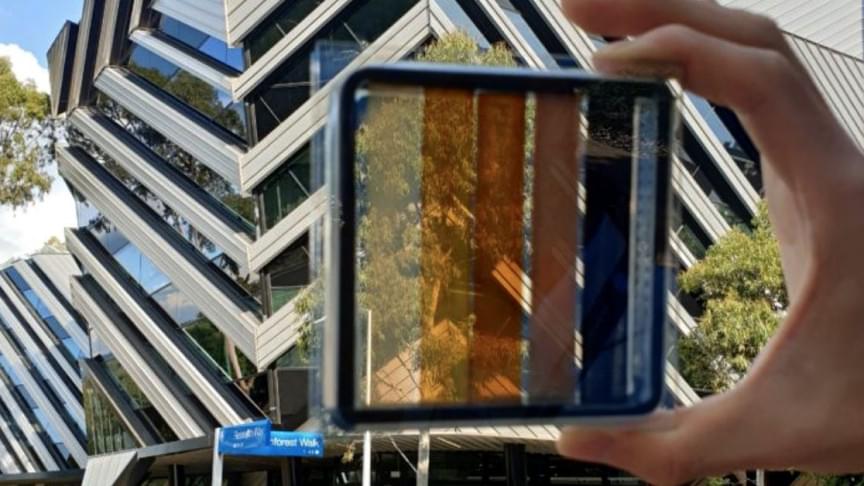Circa 2020
A little while ago, we covered the idea of using photovoltaic materials to drive enzymatic reactions in order to produce specific chemicals. The concept is being considered mostly because doing the same reaction in a cell is often horribly inefficient, because everything else in the cell is trying to regulate the enzymes, trying to use the products, trying to convert the byproducts into something toxic, or up to something even more annoying. But in many cases, these reactions rely on chemicals that are only made by cells, leaving some researchers to suspect it still might be easier to use living things in the end.

